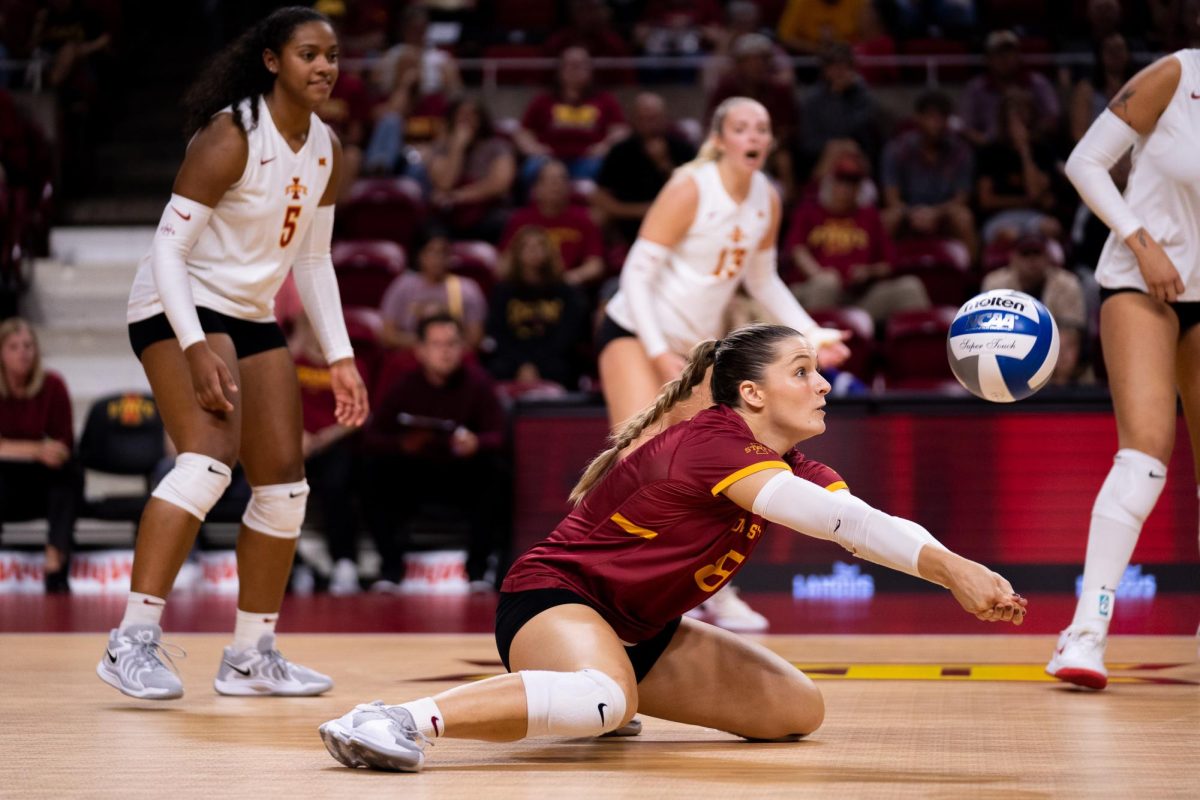IPRT provides funds for technological innovations statewide
February 12, 1999
The Institute for Physical Research and Technology is planning to provide nearly $600,000 to fund six projects intended to enhance Iowa’s economic development.
The four projects, which will be fully funded over the next two years, were chosen partly because they span different technological fields, said IPRT Director Tom Barton in a press release.
“We’re providing the funding to encourage our center to do even more cross-disciplinary research that can positively impact economic development in the state of Iowa,” he said. “This is also a way to provide some support to projects too young for submission to external funding sources.”
The projects being funded are: a new medical imaging technology for cancer screening; virtual modeling of fluid and heat transfer systems that are important to a number of manufacturers; development of a rapid, single-seed analyzer; and a new application of nondestructive evaluation, which can analyze product integrity without damage.
IPRT also has agreed to provide equipment funding for two other projects.
One will address the development of innovative thin film photovoltaic devices, designed to capture the sun’s energy, and the other will conduct innovative powder metallurgy research.
Last October, researchers began submitting proposals for products or techniques that would enhance production for existing Iowa businesses or provide incentive for other businesses to come to Iowa.
This project is an effort to increase both the interdisciplinary nature and the focus of the research done at IPRT, Barton said.
“We’re hoping that the impact will be considerable,” he said. “I was very heartened by the content and the depth of proposals that we received. I’m very optimistic that these are going to help us get even more focused on things that will benefit the state of Iowa.”
Created in 1987, IPRT is a consortium of research, technology development, technology transfer and technical assistance.
“We are organized into centers that then draw on personnel from the academic units [of the university],” said Anita Rollins, communication specialist at IPRT.
The university is set up such that the academic units are focused on areas of research, she said.
“In the real world, you might have a problem that doesn’t fit into a neat discipline,” Rollins said. “Academic units are set up for study, while IPRT is designed to solve problems.”






